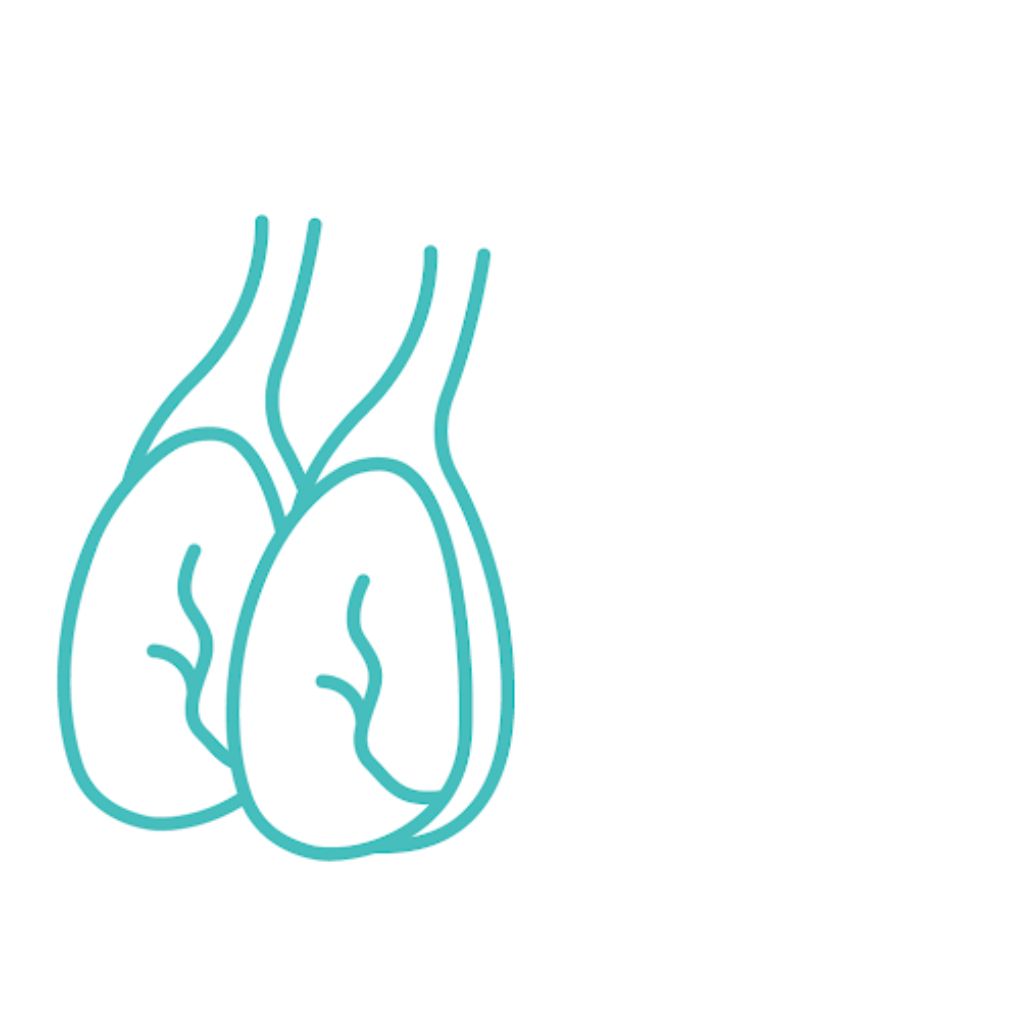Sadly, around 200 men in Victoria are diagnosed with testicular cancer each year between the age of 20 and 50. We encourage all of our male patients to perform regular testicular self-examination to be aware of any changes or lumps.
The anatomy of the testicle
- Testis or testicles: Are small, oval-shaped glands that produce sperm and sexual hormones.
- Epididymis: These are small tubes that attach to the back of the testicle that collects and stores sperm. The epididymis connects to a larger tube called the vas deferens.
- The scrotum: This is the skin sac that holds the testicles. In order for sperm to produce, the temperature needs to be around 2°C lower than the body. This is why the testicles are located outside the body.
What to expect when performing testicular self-examination
- Each testicle feels like a smooth, firm egg.
- One testicle may be slightly larger than the other.
- One testicle may hang lower than the other.
- There should be no pain or discomfort when the testicles and scrotum are palpated carefully.
How to perform a testicular self-examination
- Start your self-examination after a bath or shower so that the scrotum is relaxed. You can do this in front of a mirror if it helps to see more clearly.
- On each testicle, palpate and gently roll using your fingers and thumbs on both hands. Feel along the underside of the scrotum until you find the epididymis, which sits at the back of the testicle. This will feel like a small bunch of tightly curled tubes.
Ensure you take notice of anything unusual, such as a lump or swelling, a change in testicle size or shape, and any inconsistencies. Make an appointment with your doctor if you find any of these irregularities.


